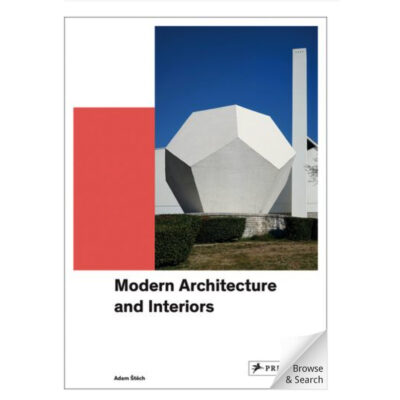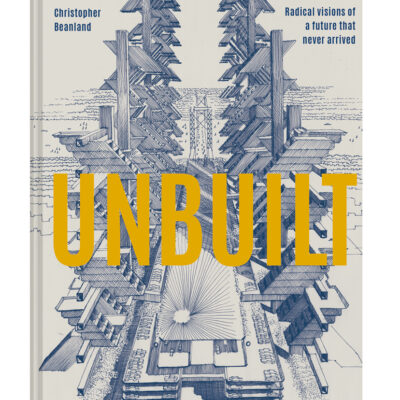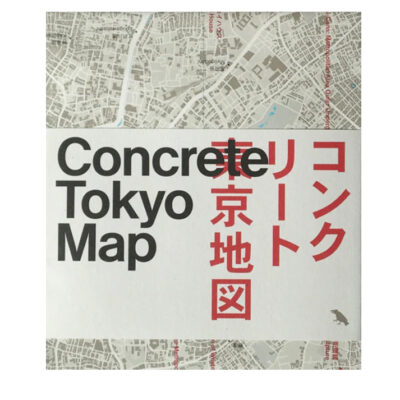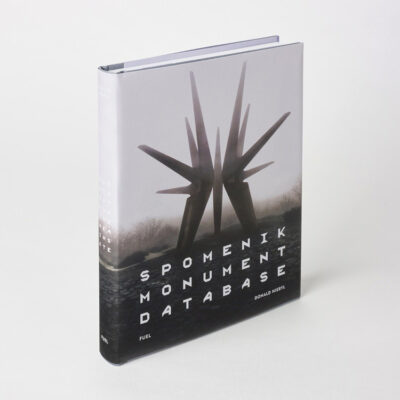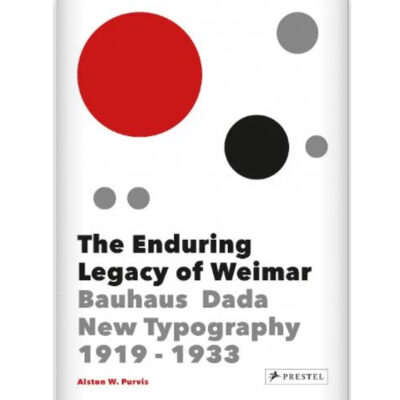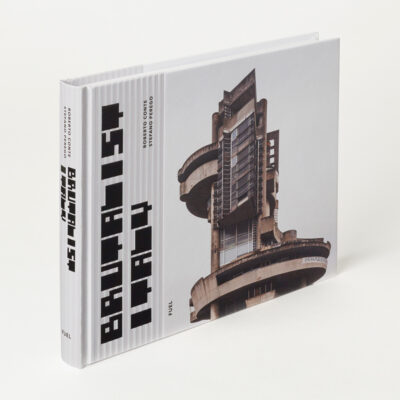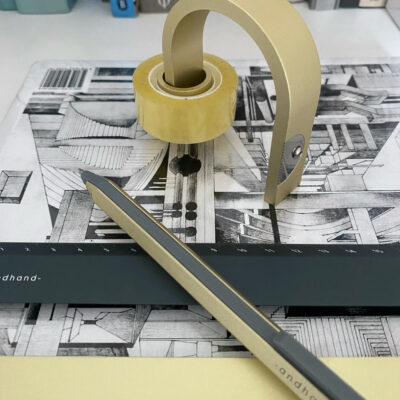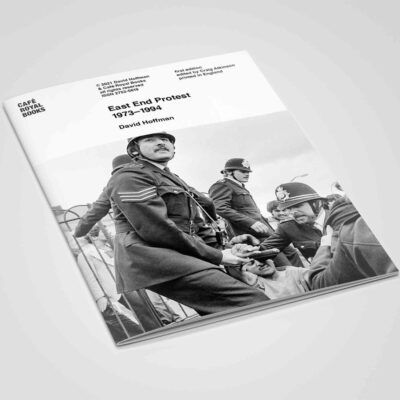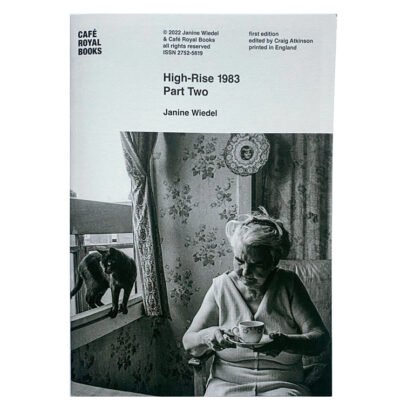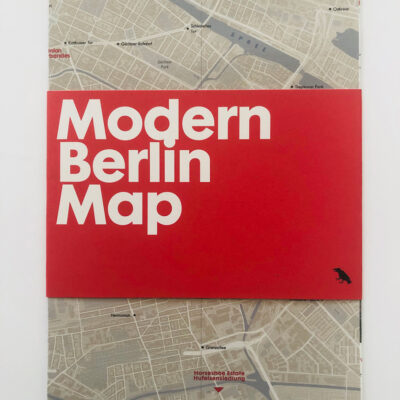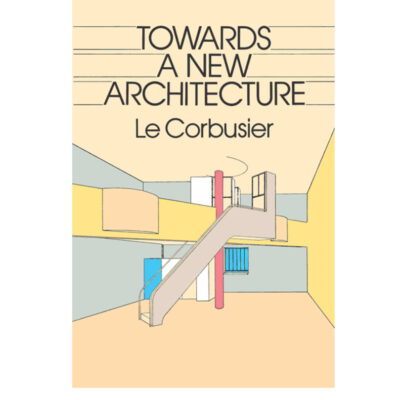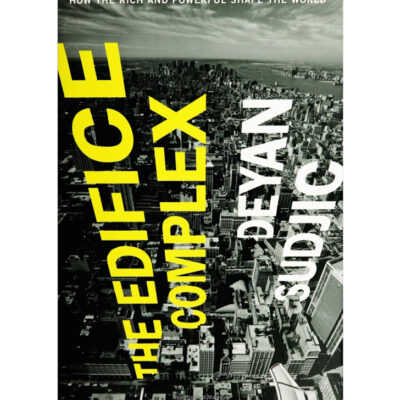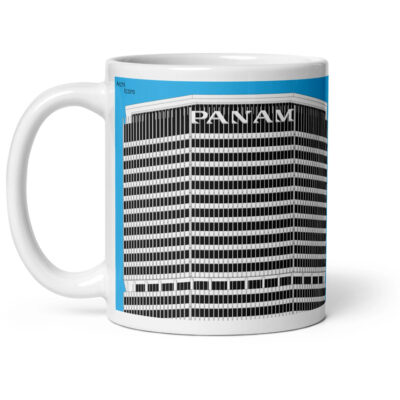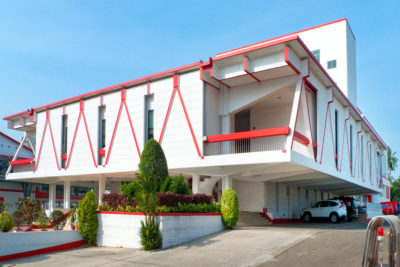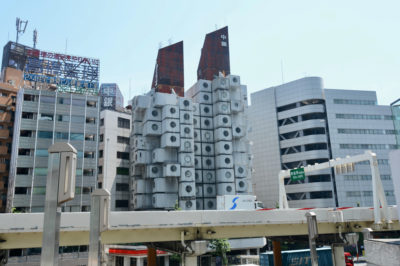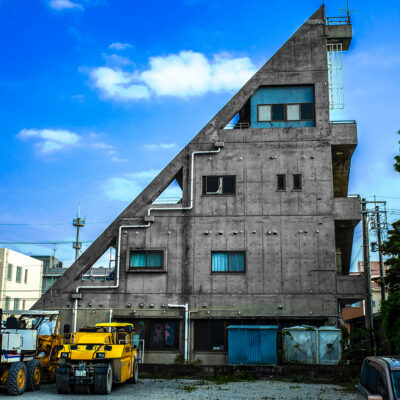New Khmer Architecture
The work of Vann Molyvann
by Rob t’Hart
The temples in Angkor Wat are visited daily by thousands of tourists to experience the sunrise. However, Cambodia’s history also offers unexpected surprises, such as the short-lived heyday in architecture, the New Khmer Architecture
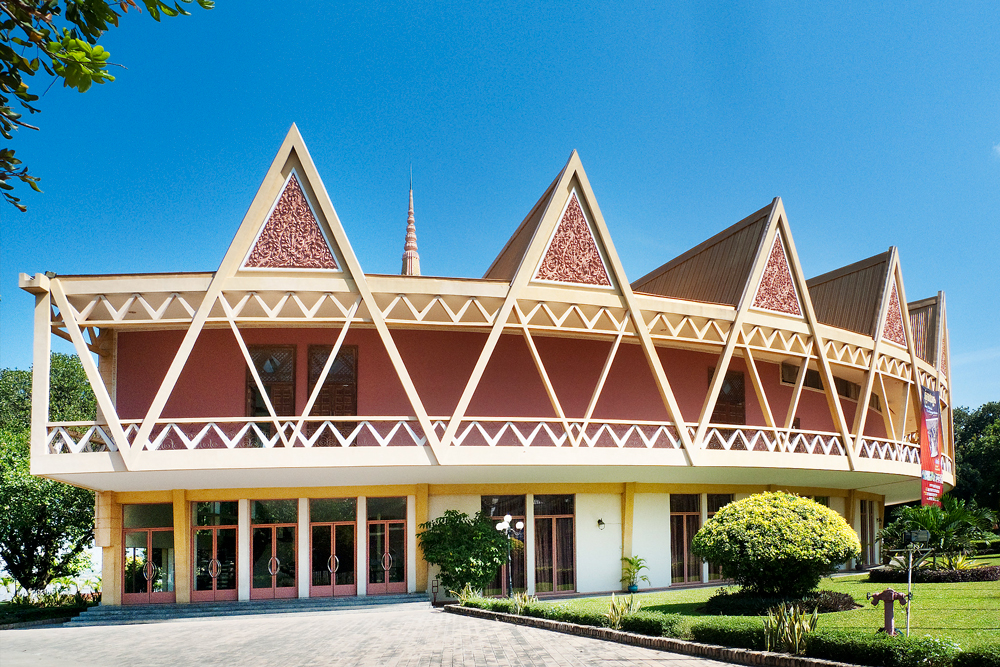
Chaltomuk Conference Centre, Cambodia
Its principal architect was Cambodian-born Vann Molyvann, a man informed by his education at the École Nationale Supérieure des Beau Arts in the late 1940s. On an engineering scholarship, he was inspired by Le Corbusier and came into contact with ‘Le Modulor’, a measurement system that Molyvann later used as the basis for all his designs. After nearly a century of French rule, Cambodia’s independence in 1953 sparked a renaissance in architecture, art and music. This continued until the outbreak of the civil war in 1970 when cultural life was brutally halted.
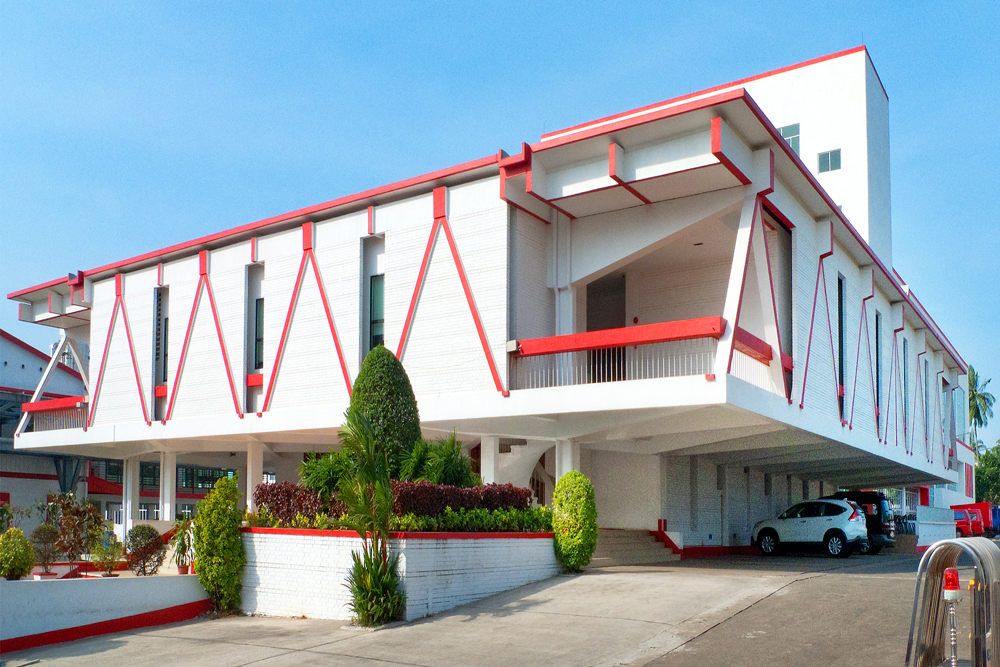
Silhanoukville
It’s a strange twist of fate that Vann Molyvann’s buildings, which form part of the country’s architectural heritage, the few that survived the excesses of the Khmer Rouge’s bitter ideological war, are now in danger of being demolished in peacetime. In my view, Molyvann’s works deserve World Heritage status and I am not alone in that view.
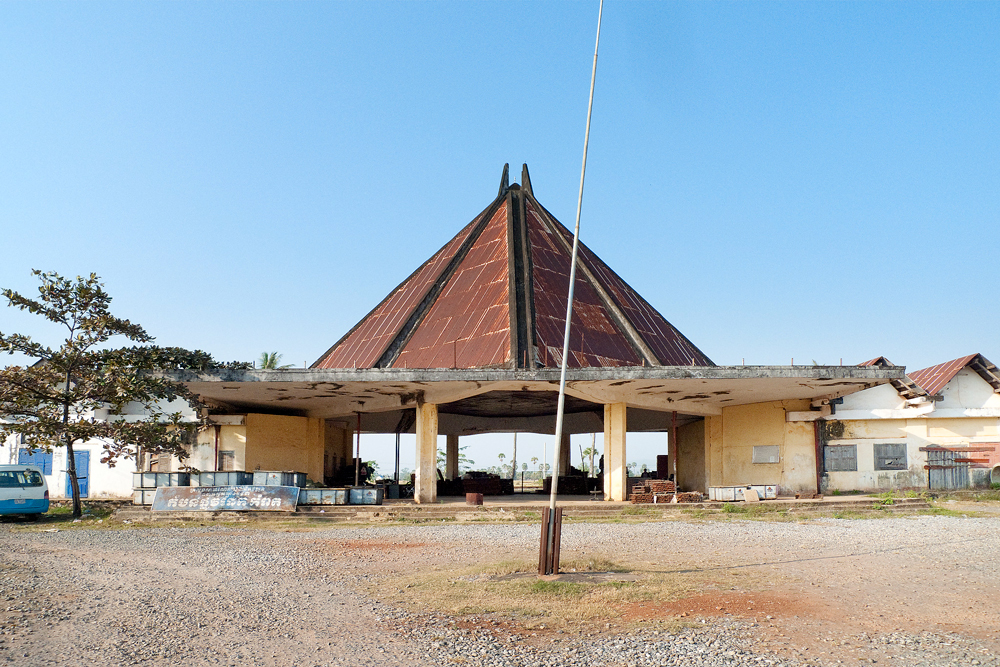
Kampot Train Station
Born in 1926 in Ream, one of only four formally trained architects, returned in 1956 to poverty-stricken Cambodia, a country without any urban planning or architectural tradition. The 93-year-old Molyvann noted in an LA Times interview in 2010 with Hannah Sender;
“Architecture was a strange concept in Cambodia. They didn’t know what it was,”
His big break came when Prince Sihanouk asked him to become the Chief Architect of newly independent Cambodia – freed of its connection to France. Van Molyvann designed modernist buildings with his clear and original design signature. He was not the only architect in the region working at this time on a grand scale; others such as fellow Cambodian Lu Ban Hap and the French trio Leroy en Monde and Georges Kondracki, also created beautiful designs.
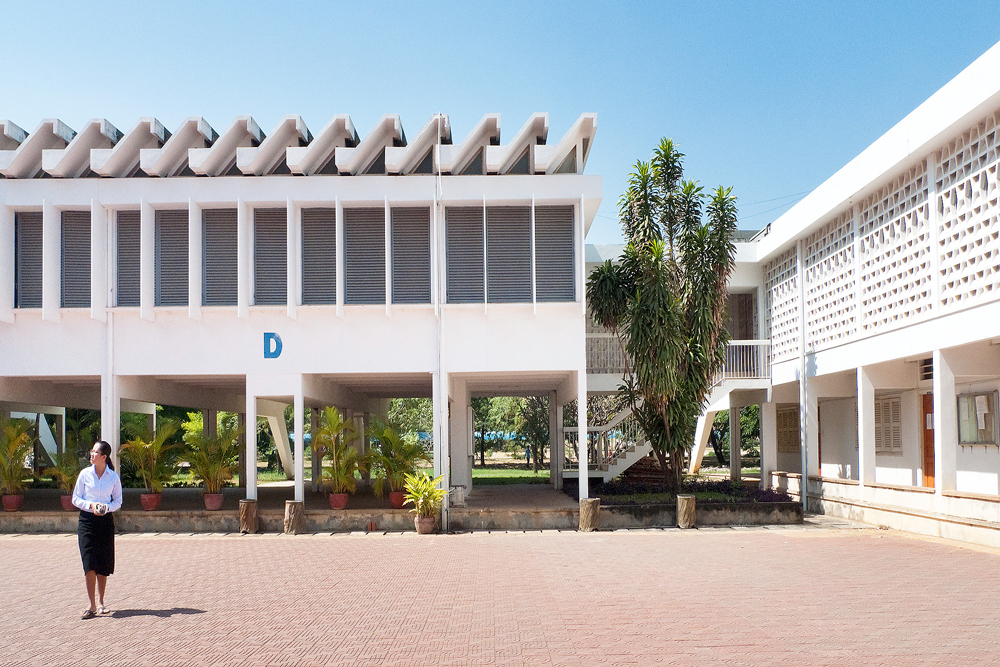
The Institute of Foreign Language University Phnom Pehn
Vann Molyvann’s buildings from that time made ingenious use of what is now called ‘Green Technology’
Molyvann reimagined traditional design principles, climate control and symbols from Khmer architecture. His buildings from that time made ingenious use of what is now called ‘Green Technology’, such as natural ventilation, cooling water features, cross ventilation, smart daylighting and drainage systems to withstand the harsh Cambodian climate of extreme wetness with flooding and intense heat. In thirteen years, Molyvann built nearly a hundred buildings and structures in Phnom Penh, Sihanoukville, Battambang, Kampot and other cities.
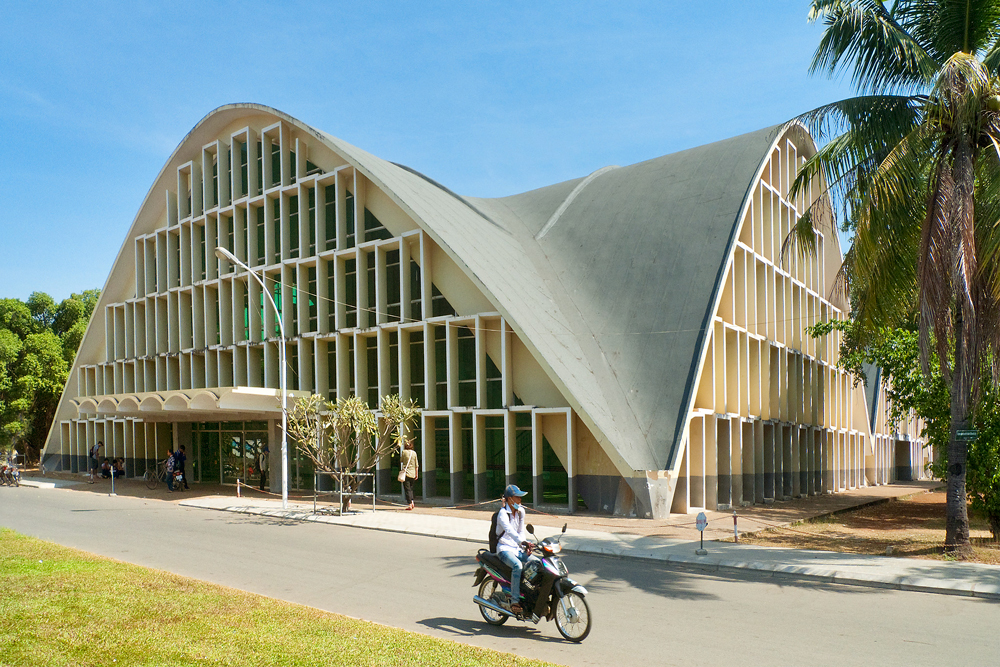
Auditorium University of Phnom Pehn
During this period (1953-1970) Prince Sihanouk actively sought international cooperation in his attempt to keep Cambodia neutral in the power struggle unfolding in Southeast Asia. The showpiece for its foreign guests was the Russian Boulevard that connects the old centre of the capital with the airport. Sihanouk’s authoritarian leadership has been criticized, yet no megalomaniac state buildings were erected; the opposite is true. That being said the country’s building programme was ambitious; in a little over 15 years all the structures you would expect to see in a well-developed state were built in abundance, not just in the capital – planned cities and towns sprung up all over Cambodia with admirable consequences. Singaporean Prime Minister Lee Kuan Yew who visited Phnom Penh in 1967 used it as a model for today’s Singapore.
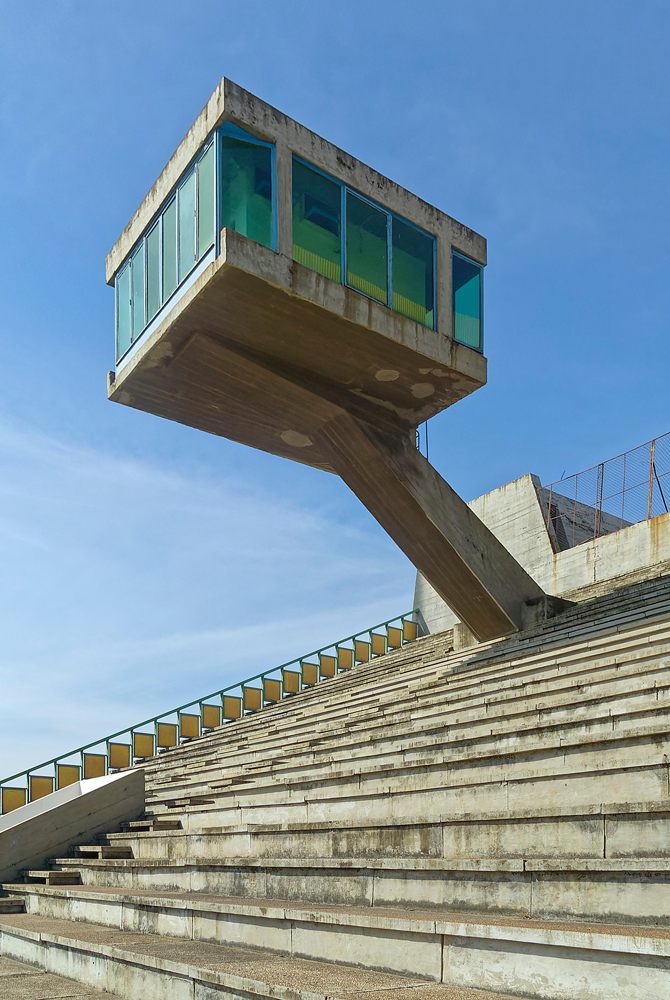
National Sports Complex, Phnom Pehn
Vann Molyvann recalled
“A lot of Khmers who had studied abroad came back and were very keen to explore their culture. There were movements in film, music, dance and art. It was a heady time and one I look back on with huge affection.”*
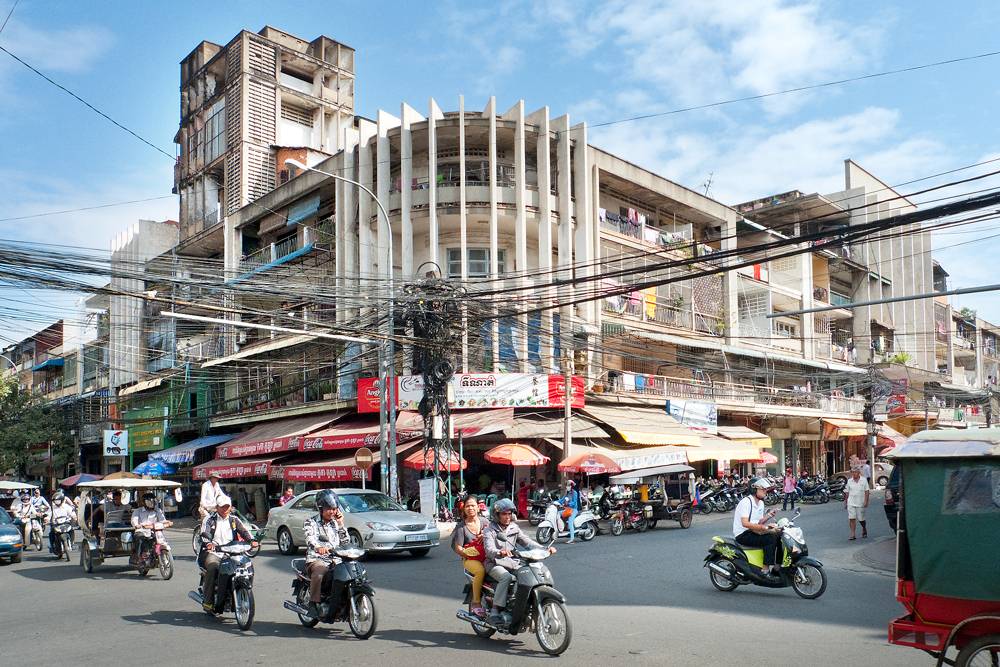
Phnom Pehn ’60s Architecture
Captured soberingly in the film The Killing Fields, this was not to last. Molyvann fled Cambodia in 1972 after Marshal Lon Nol’s military coup. The mismanagement of the newly proclaimed Republic of Cambodia and the US B52 bombings left the rural population in the arms of anti-American communists. In 1975 the Khmer Rouge (the Communist Party of Kampuchea) overran Phnom Penh, where they were hailed as liberators. The Khmer Rouge hated anything that smelled of so-called Western imperialism; internationalism, family ties, the elite, art, religion and every form of urbanity. They attempted to create with brutal force their vision of an ideal society of traditional farmers. Anyone who did not fit into this picture was killed. Huge numbers of people with vocational training were murdered, from dentists to mechanics, artists to teachers as well as architects. In just four years, two million of the seven million Cambodians died. The population of the capital Phnom Penh was completely evicted between 1975 and 1979 and the city remained depopulated for years. I tried to imagine this during my stay; an eerie ghost town overrun by wild dogs, snakes and tarantulas.
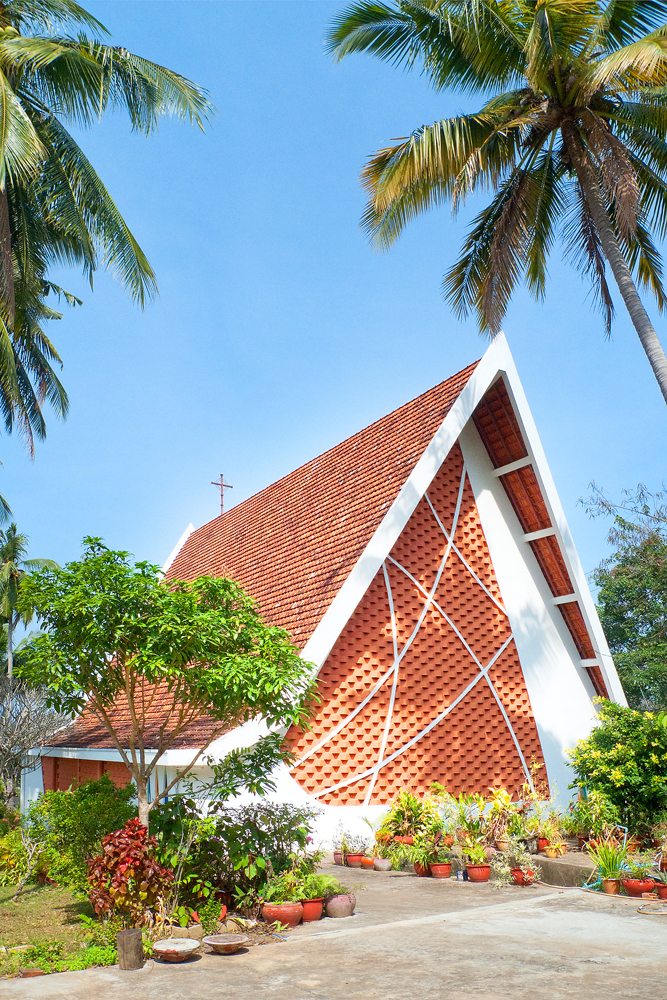
St Michael’s Catholic Church Sihanoukville
It took Molyvann 14 years to return to his homeland in 1993. The Phnom Pehn he saw develop in the intervening years, until his death in 2017, bore little relation to his vision as the former Chief City Planner. The rebuilding programme, a response to the rapid population growth, had begun without any organised plan in mind with the sole aim to replicate the likes of Bangkok or Shanghai; energy-consuming structures and gigantic volumes in no discernable style. And what of Molyvann’s green architecture? Most Cambodians are unfamiliar with his groundbreaking work and it certainly is not getting enough coverage internationally regardless that Green Architecture is such a hot topic.
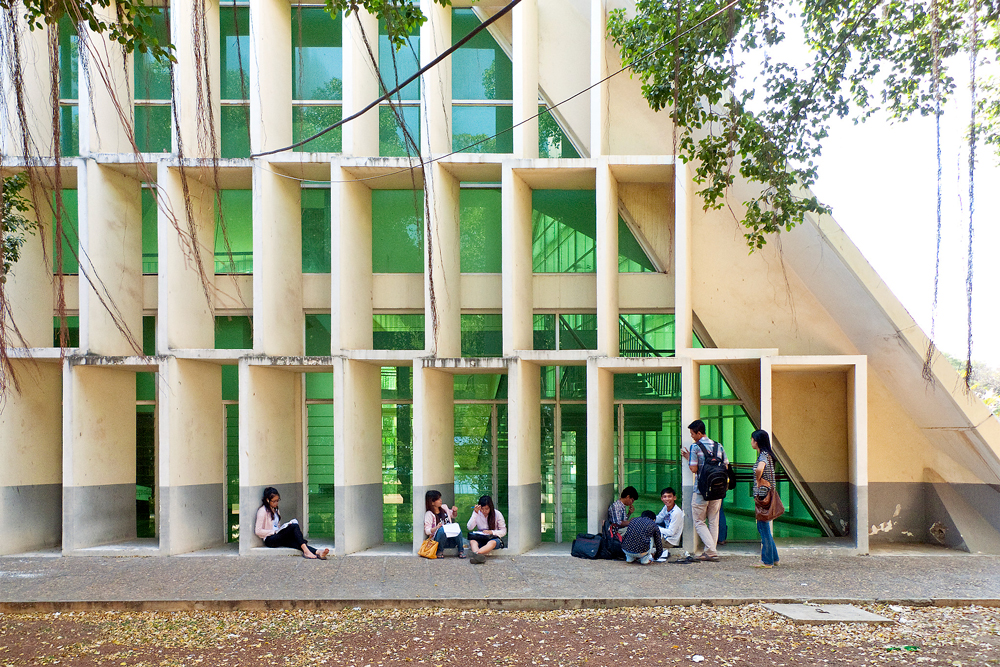
University of Phnom Penh
It’s a strange twist of fate that buildings which form part of the country’s architectural heritage, that survived the excesses of the Khmer Rouge’s bitter ideological war, are now in danger of being destroyed to make way for new developments.
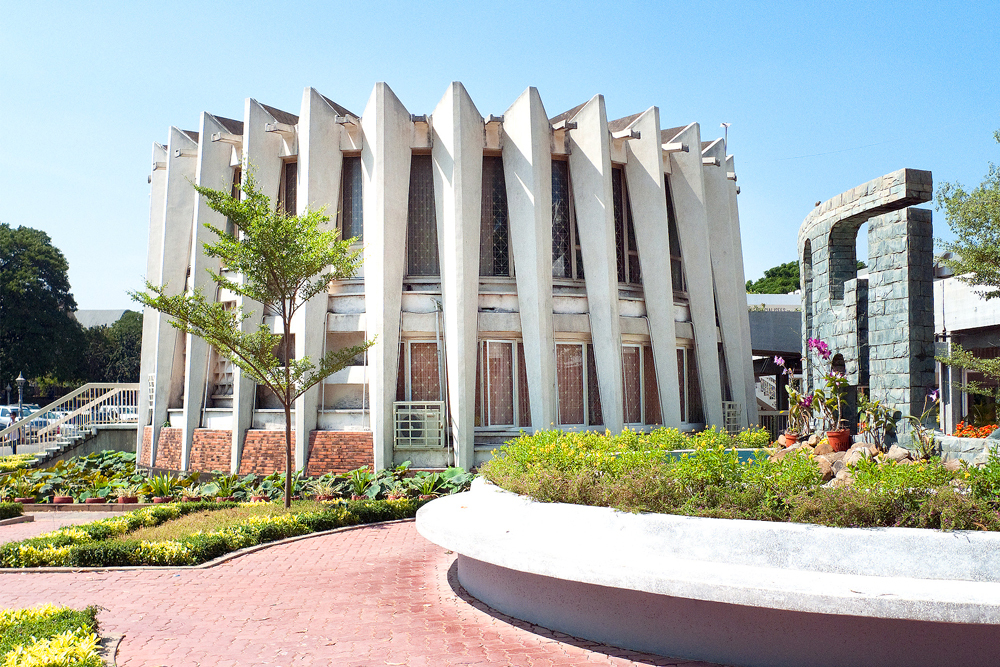
The Institute of Foreign Language University Phnom Pehn
Today internationally acknowledged as, amongst his greatest designs, the National Theatre and the Council of Ministers building have been demolished. The 40-hectare site of the Olympic Stadium has been sold to a Taiwanese developer who intends to build a megastructure in its place. Cambodia seems to be in the thrall of large private investors. Entire residential areas and even the Angkor Wat temples are now in private ownership. It’s a strange twist of fate that buildings which form part of the country’s architectural heritage, that survived the excesses of the Khmer Rouge’s bitter ideological war, are now in danger of being destroyed to make way for new developments because the laws around the protection of heritage assets is simply too weak.
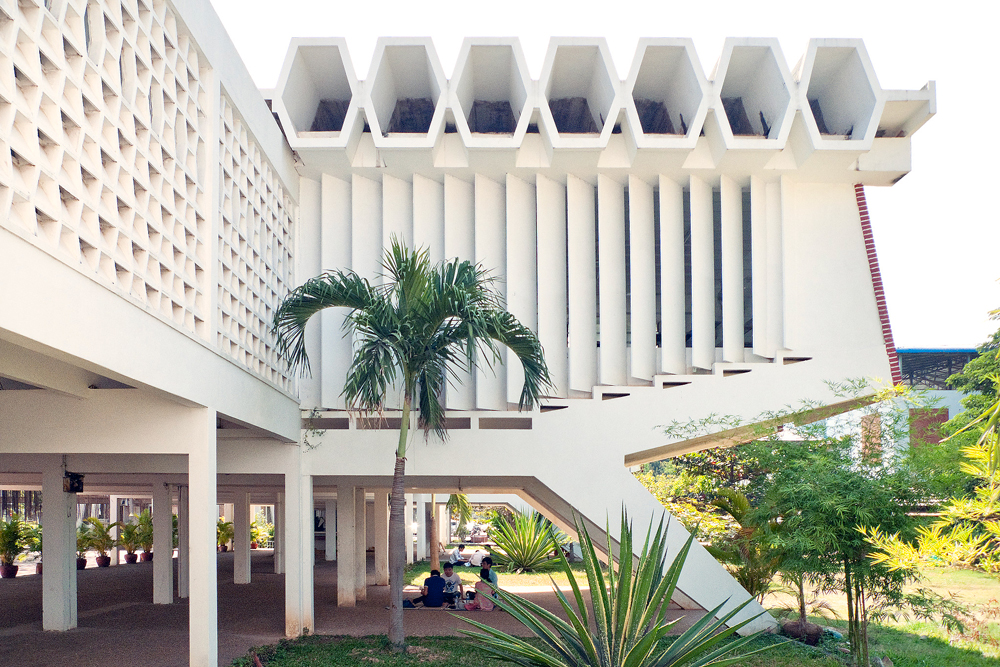
The Institute of Foreign Language University Phnom Phen
A ray of light, the Vann Molyvann project
In my view, Molyvann’s works deserve World Heritage status. I am not alone in this thinking; American architect Bill Greaves created the Vann Molyvann project, an international team of architects, architecture students and other researchers working in Cambodia to document the buildings of Vann Molyvann and other modernist architecture.
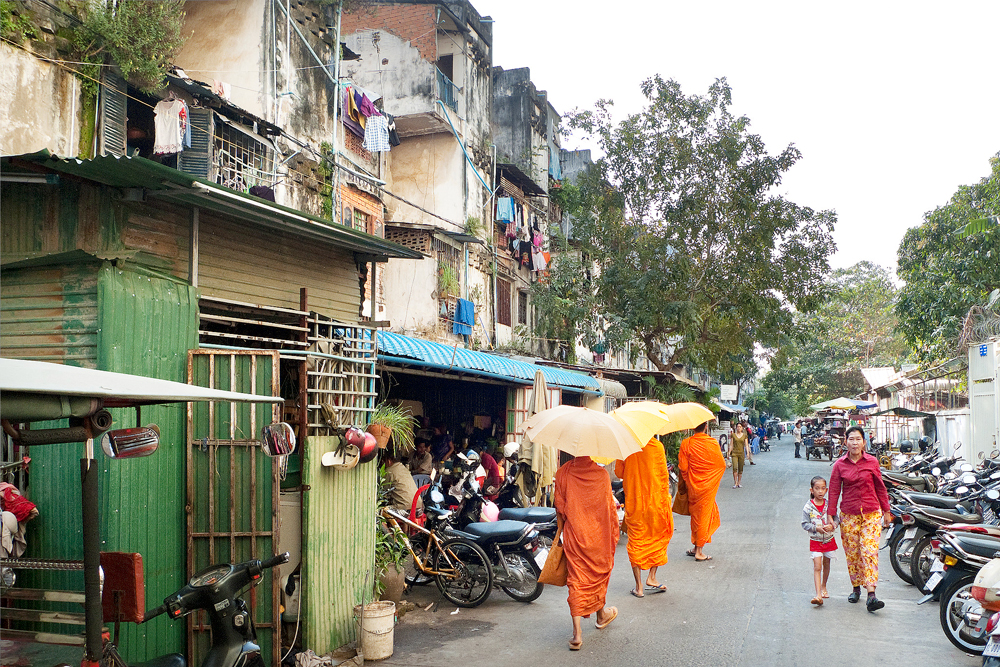
Take a deeper dive into the topic:
All images are the Copyright of Rotterdam-based photographer Rob t’Hart © www.instagram.com/robthartfot
This article, first published in DearArchitect in 2014, has been revised and updated in 2022
www.instagram.com/dearchitectnl www.instagram.com/harmtilman/
* Reported David Eimer, South China Morning Post 02-2014




